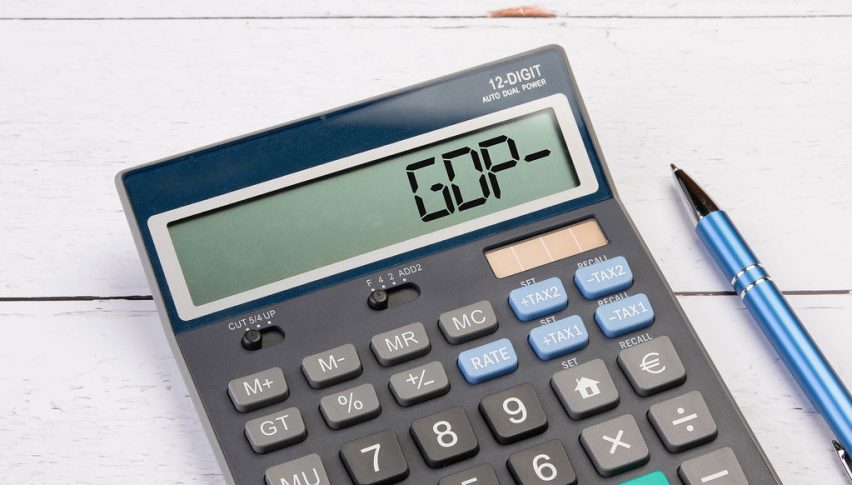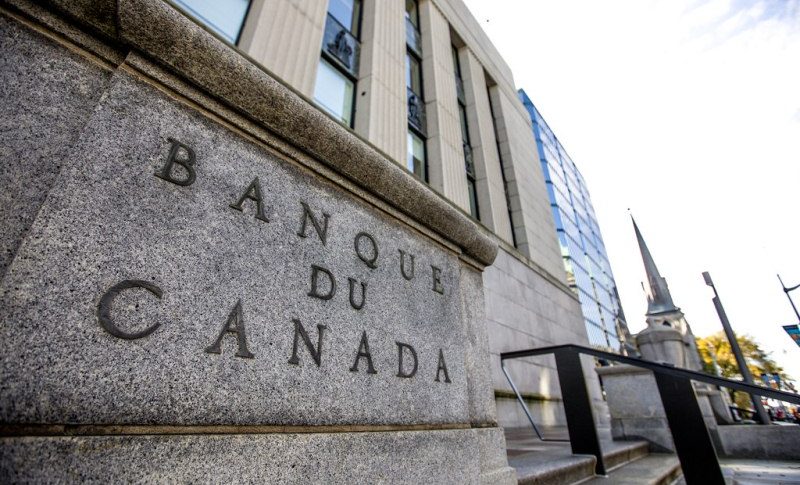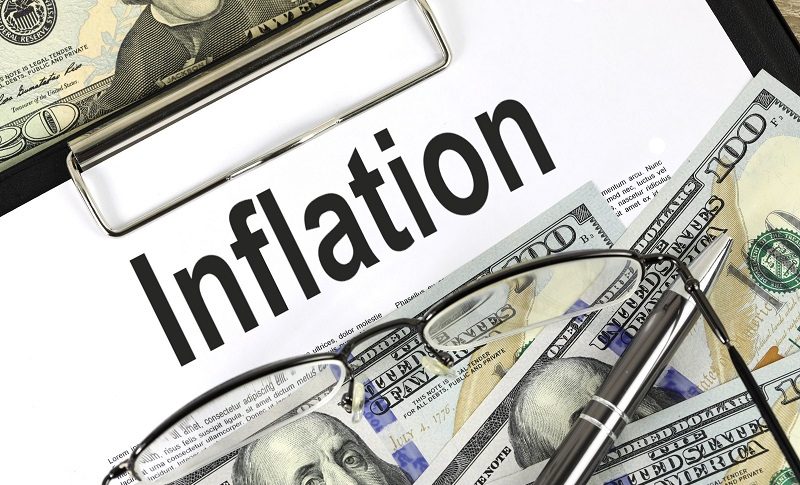AUDUSD Marches Toward 0.68 As Services PMI Expand
This month, the Australian dollar has shown impressive strength, with the AUD/USD pair climbing 4 cents from its lowest point in the first week of August. Earlier this month, the pair dipped below 0.6350, marking its lowest level of 2024. However, it quickly rebounded, gaining more than 4 cents, breaking above the upper boundary of its previous range near 0.67, and reaching the 0.6750s yesterday.
AUD/USD Chart Daily – Heading for July’s High
China’s efforts to stabilize its struggling economy have played a significant role in this upward movement. Additionally, the US is contributing to this bullish trend, as markets are expecting a rate cut from the Federal Reserve in September. The positive risk outlook and anticipated Fed rate cuts, which should bolster the global economy, are maintaining pressure on the USD.
While the US dollar has been a key driver behind the AUD’s rise, the Australian dollar has also outperformed other major currencies due to the Reserve Bank of Australia’s hawkish stance. This stance has led the market to scale back expectations of aggressive rate cuts, now anticipating just one cut by the RBA before year-end.
As recession fears receded and risk sentiment improved, the AUD/USD saw a remarkable recovery from its early August lows, as reflected in the daily chart. Buyers are now eyeing the pair’s July high around 0.68, while sellers would look to push the market back into the range between moving averages by breaking below the critical 0.67 level.
Australia Flash PMI from Judo Bank / S&P Global: Key Highlights
- Manufacturing PMI: 48.7 points, up from 47.5 points in the previous period.
- Services PMI: 52.2 points, a significant increase from 50.4 points prior.
- Composite PMI: 51.4 points, improving from 49.9 points previously.
Key Observations:
- The Australian Flash PMI data indicates improved economic activity in August, with a notable rise in the services sector, while manufacturing remains weak.
- The composite output index has increased, suggesting that the economy is expanding in Q3, supported by rising labor demand.
- Despite weak economic growth, inflation risks persist as the service sector’s input prices hit their highest level since March 2023.
- The final prices index has dipped, indicating that businesses are finding it challenging to pass on increased costs to consumers.
- Concerns are growing about new fiscal stimulus and less restrictive monetary policy, raising the possibility that the Reserve Bank of Australia (RBA) may need to hike rates further before it can begin an easing cycle.








